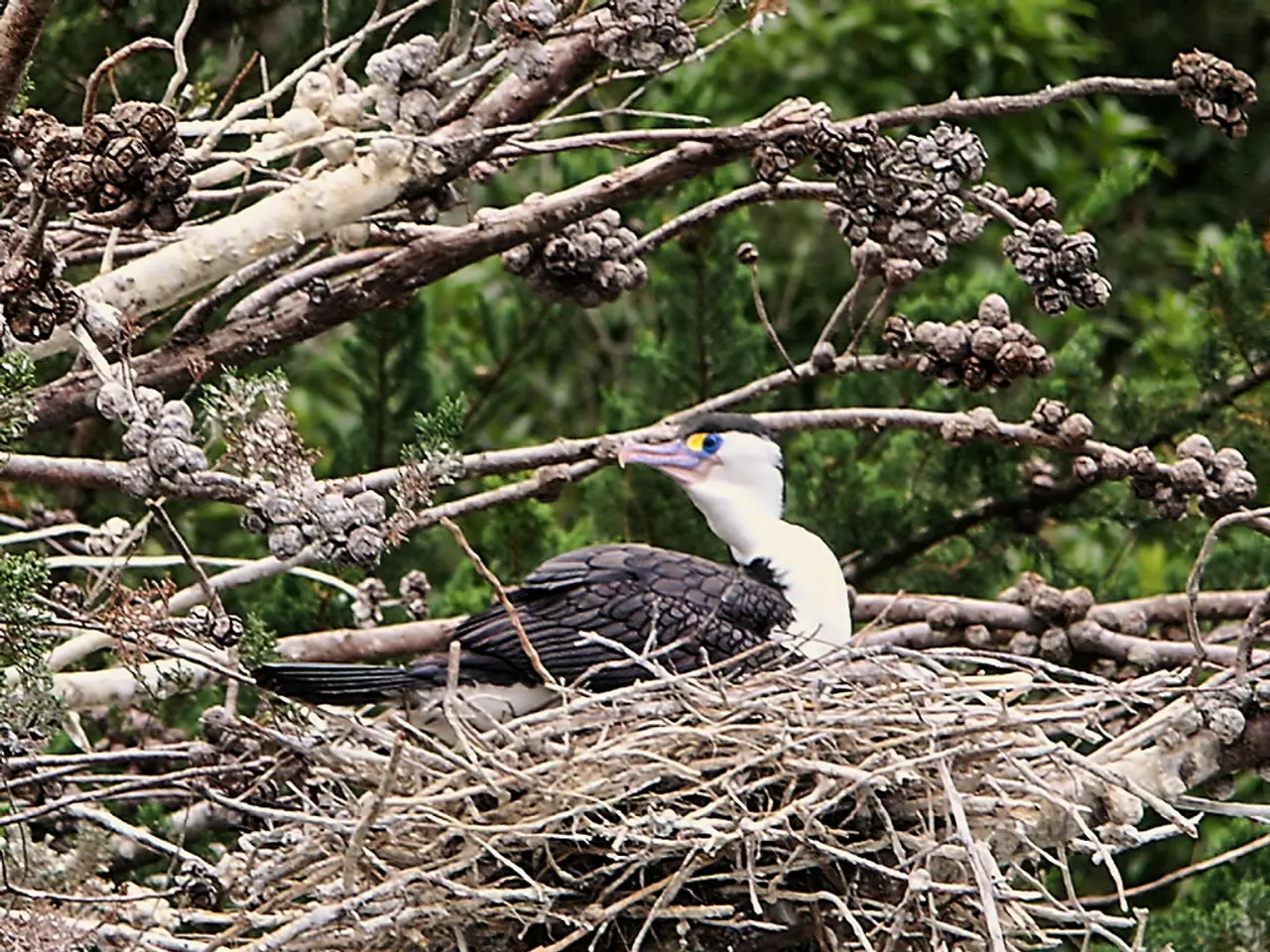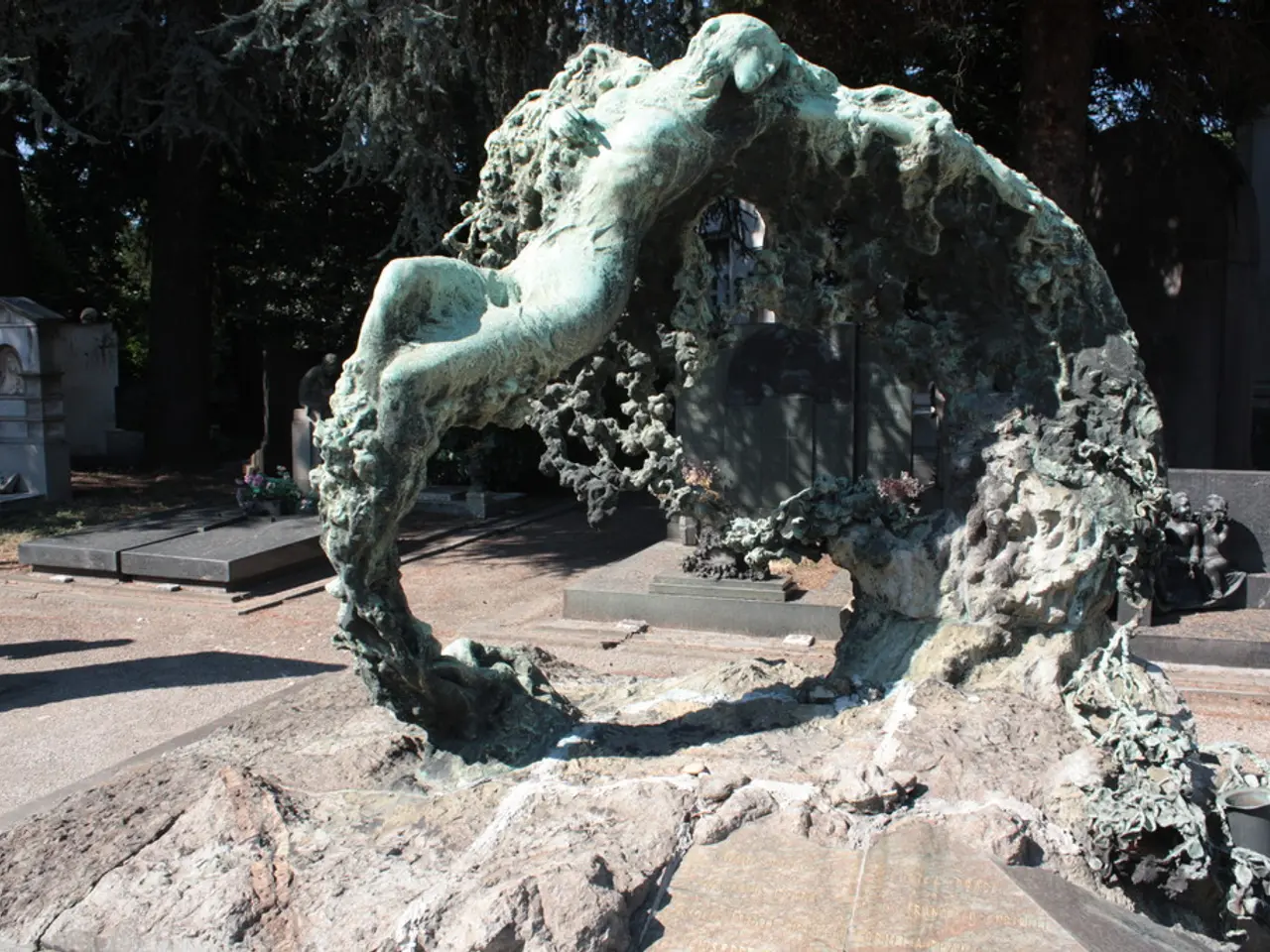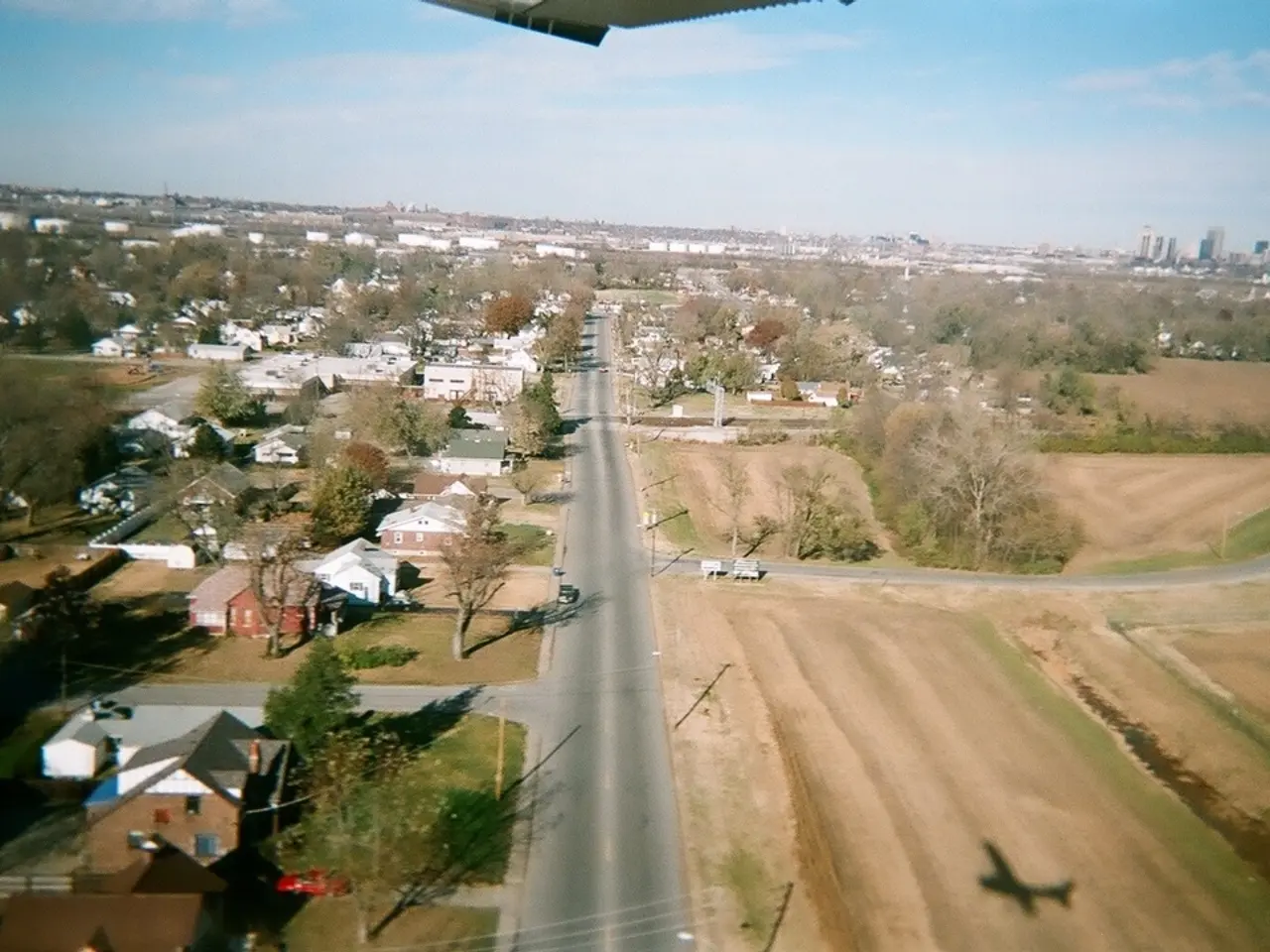Identifying Bird Nests Versus Squirrel Nests: A Guide
In the realm of nature, it's fascinating to observe the diverse ways creatures build their homes. Two such examples are squirrel dreys and bird nests, each with its own unique features.
Squirrel dreys and bird nests share some similarities, but they are not identical. For instance, both are constructed using materials like twigs and leaves. However, squirrel dreys are more insulated, incorporating large quantities of leaves, moss, and sometimes grass, making them bulky[1][3]. On the other hand, bird nests generally use twigs, and sometimes mud, pine straw, or yarn, but with fewer leaves[2][3].
The shape and structure of these nests also differ significantly. Squirrel dreys are round with a closed, enclosed structure and a secret entrance often facing the tree trunk[1][2][3]. This design helps protect against weather and predators. In contrast, bird nests are usually open in the middle and have a cup-like platform shape[2][3]. Large birds like hawks and eagles build flat-topped nests rather than spherical ones.
Size is another distinguishing factor. Squirrel dreys are larger, about 1 to 2 feet in diameter, roughly the size of a football, making them noticeably bigger than most bird nests[3]. Bird nests tend to be smaller and more compact.
Location plays a role in the differences between these nests as well. Squirrel dreys are typically built high in trees, often at least 3 meters (around 10 feet) above ground, wedged within tree branches for concealment and safety[1][2]. Birds may build nests higher or lower in trees depending on species but are often found closer to the ground compared to squirrel nests[2].
Lastly, the purpose and use of these nests vary. Both squirrel dreys and bird nests are used to raise young. However, squirrels also use dreys seasonally, with variations: summer dreys are lighter and flatter, while winter dreys are bulkier and more insulated for warmth[1][2]. Birds tend to use nests primarily for hatching and breeding, and many species do not occupy nests during harsh weather[2].
In summary, squirrel dreys are larger, rounder, enclosed nests made from leaves, twigs, and moss, built high in trees as a shelter and nursery, while bird nests are smaller, open-centered, often cup-shaped structures made mainly of twigs, built at variable heights, primarily for breeding[1][2][3]. Understanding these differences can provide a deeper appreciation for the intricate ways creatures adapt to their environments.
Squirrel dreys and home-and-garden projects seem to have some common ground, as both involve creating a comfortable space. Unlike home-and-garden projects, squirrel dreys are built using materials such as leaves, twigs, and moss, and they serve a purpose for raising young and providing protection [1][2]. On the other hand, home-and-garden projects, such as birdhouses, can be constructed using similar materials and serve a similar purpose, but they often have more defined structures, unlike the rounded, enclosed squirrel dreys [2].




